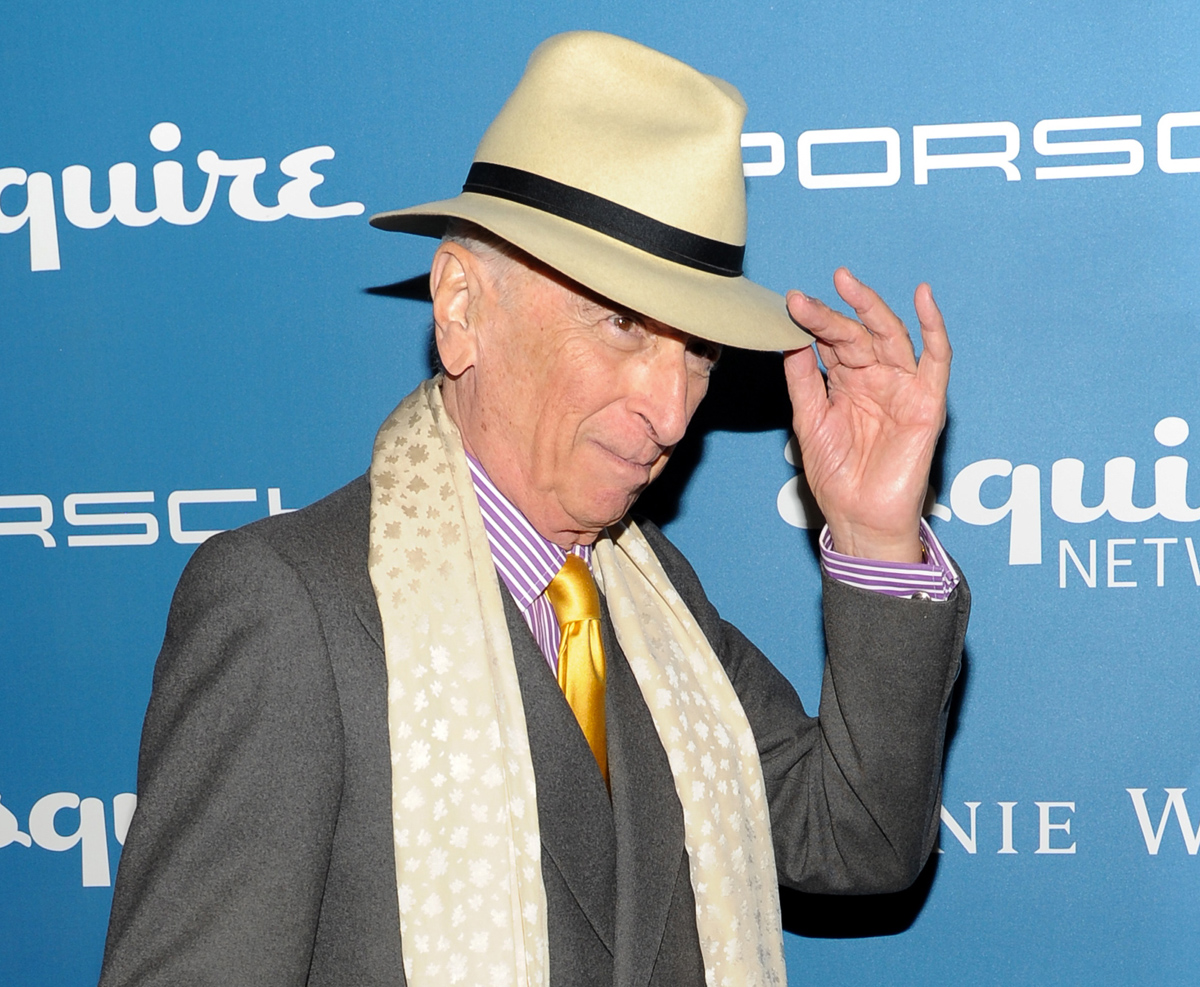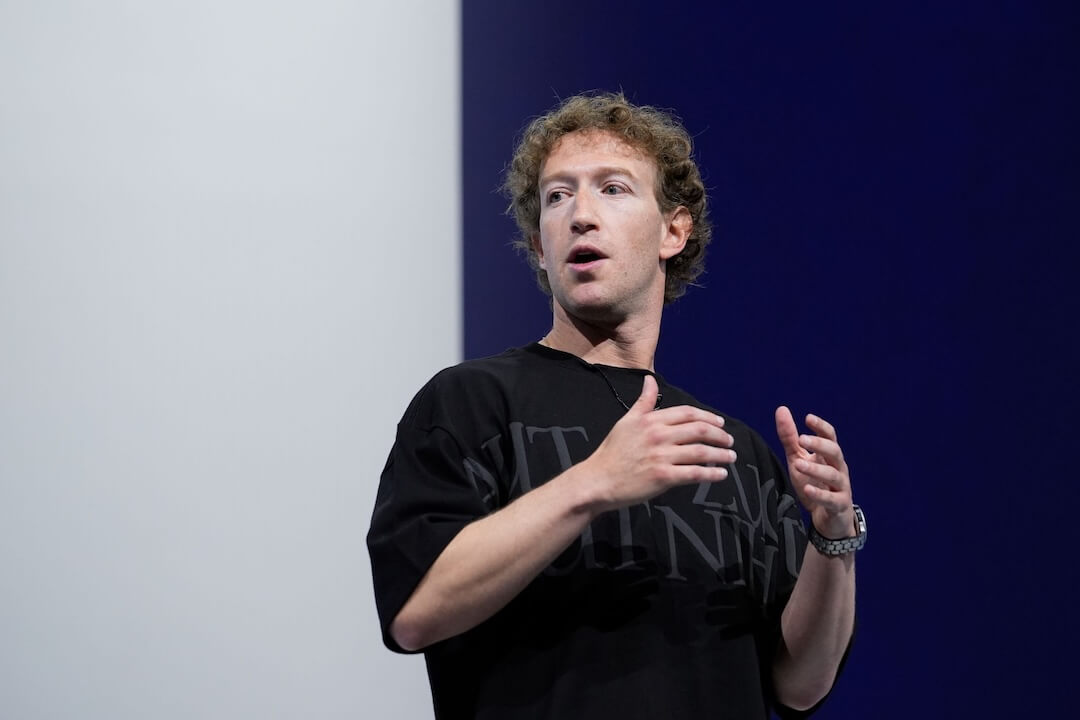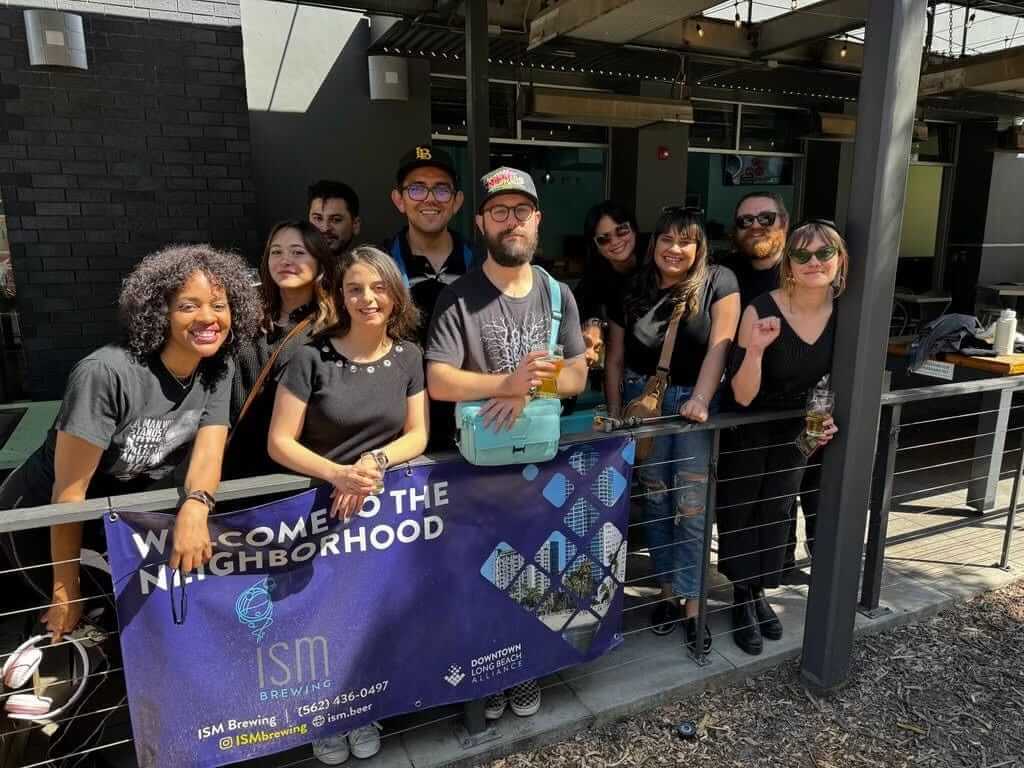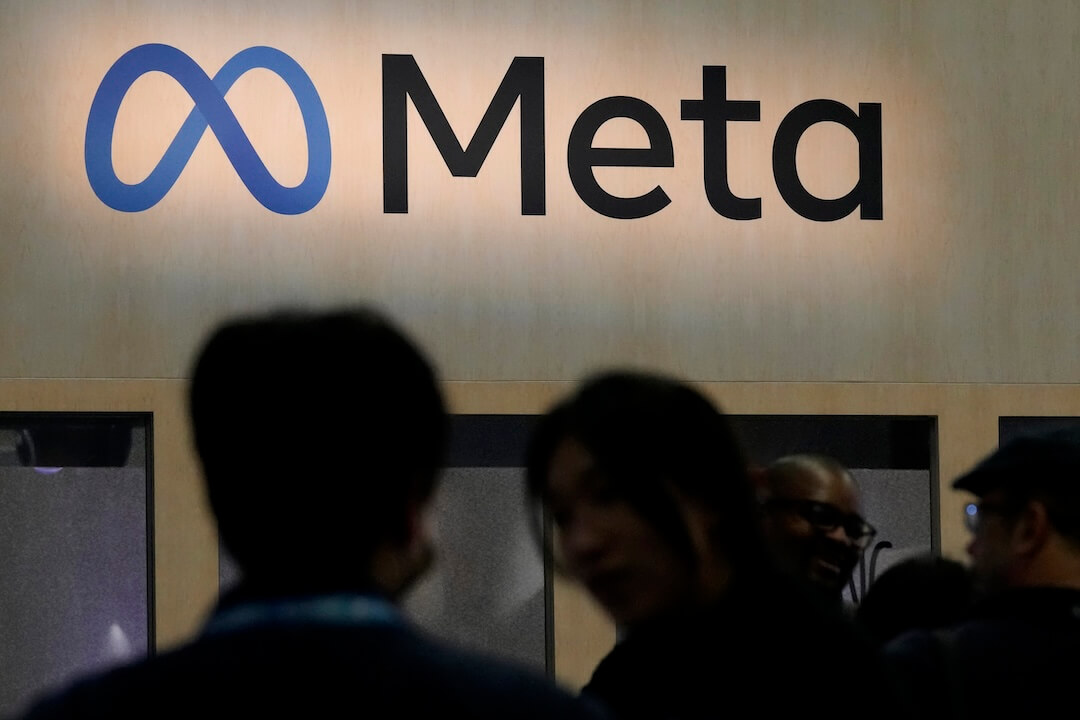There’s a test in fiction and film that provides an easy means of analyzing the limitations writers commonly put on women.
The Bechdel-Wallace test, co-created in the mid-1980s by Alison Bechdel, illustrator of the comic strip “Dykes to Watch Out For,” requires three simple criteria be met: There must be at least two named women in the work. They must speak to one another. They must speak about something other than a man.
If this sounds like a low bar, here’s some perspective: In 2015, 45 percent of all Hollywood blockbusters failed the Bechdel test, as its more commonly known.
I think it’s time we created another test that quickly and efficiently helps us evaluate whether we’re being myopic or just plain unimaginative in how we see others in the world.
I give you the Talese Test. Named in honor of Gay Talese, famed biographer of The Grey Lady, the test is designed to help us think a little further than our own perspectives in considering our coverage of diverse communities, and the way we process conflict when our worldview collide. Like the Bechdel test, it relies on a series of three questions:
- Have I sought the input of two people outside media with lived experience relative to what I’m covering?
- Have I listened to these people without attempting to impose my own feelings and views on them?
- Have I practiced empathy by considering how a person with a different perspective might see the story, idea or narrative in a way that I hadn’t intended?
Admittedly, it’s probably not as easy to remember as the Bechdel test.
This standard came to mind in the fallout of Talese’s non-answer to a question about female writers he admired and a bizarre interaction with a Black female New York Times writer in which he essentially asked how she earned her current position. During the “Power of Narrative” conference at Boston University in April, Talese demurred when asked which female writers of his time inspired him.
Days later he rattled off a list of elite women writers who, while definitely accomplished, looked more like a confirmation that Talese was unfamiliar with writers whose backgrounds who don’t reflect his own.
His answer underscores the need to embrace diverse perspectives not just in number, but in practice. The gap in his knowledge, I’d venture to guess, is caused by a lack of engagement with female peers, a willful neglect of their work or perhaps even an inability to consider them as contemporaries and equals.
It’s truth-in-action moments like these that belie the promise of diversity initiatives in our industry. When venerated journalism heroes struggle to identify diverse writers among their sources of encouragement and inspiration, it’s a reminder that our best efforts are only as valuable as their impact among the most powerful of us.
The harm in Talese’s gaffe was not so much that he couldn’t initially name female writers he respected, but in the fallout that followed. The flap exposed resistance to taking responsibility for limited perspective about diverse writers and, by extension, diverse communities. Rather than explore the problems, and heed the words of those who tell us of the harm they causes, we expend energy and goodwill trying to explain everything away.
The Washington Post dedicated an entire story to Talese’s explanation — that he hadn’t understood the question, and further, that social media chatter made too much of the issue. I heard from peers who argued with their colleagues about the damage such a public statement makes.
One editor, when confronted by a peer via social media about his paltry defense of Talese, logged off and later told her he felt “attacked.”
While social media cacophony can definitely over-inflate the importance of an issue, it has a very useful role: It allows myriad perspectives we might otherwise ignore inside the media bubble. Sure, there’s plenty to be ignored in the online comments, tweets and posts that social media make available, but out there, on the platforms with engagement numbers most outlets can only dream of, there’s a diversity of thought and opinion that is valuable to interrogating the way media workers see the world.
Essentially, the Talese tests ask folks who’ve never had to deal with double-consciousness, or at best, had a choice about it, to consider perspectives of someone whose life is unlike their own. I have to imagine that’s what was behind the question about female writers. Not a “gotcha” to harangue a revered writer, but an inquiry about the forces that shaped his writing — one that ended in disappointment when the audience discovers he’s better at covering different people than identifying them.
Unlike the Bechdel test, the questions in the Talese test are meant to encourage writers and editors to consider what’s missing rather than what should’ve been fixed in the final product. To pass, a story, feature or commentary must feature at least two people from different backgrounds. The two must present multi-layered understanding of the issue being covered. And finally, the two must not be mentioned in the story merely for the sake of being “diverse” representation in the story.
When we are confronted with our own inability to see different people and perspectives, to name them, to praise them, even to critique them, its natural to fall back on our defenses. But if news leaders are ever to get past similar gestures of diversity — recruiting, hiring, quoting and highlighting — and move into the practice of inclusion, we have to start with an ability to empathize with those who rightfully call us out on our privilege of having a limited perspective.
Each of these questions has a very specific role in getting an elite media perspective out of the way. It doesn’t have to take public excoriation to identify coverage that falls short. Asking at least two individuals from different schools of thought — people other than your sources, mind you — about the central narrative of a story is integral to avoiding blind spots.






